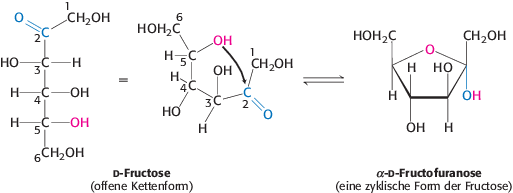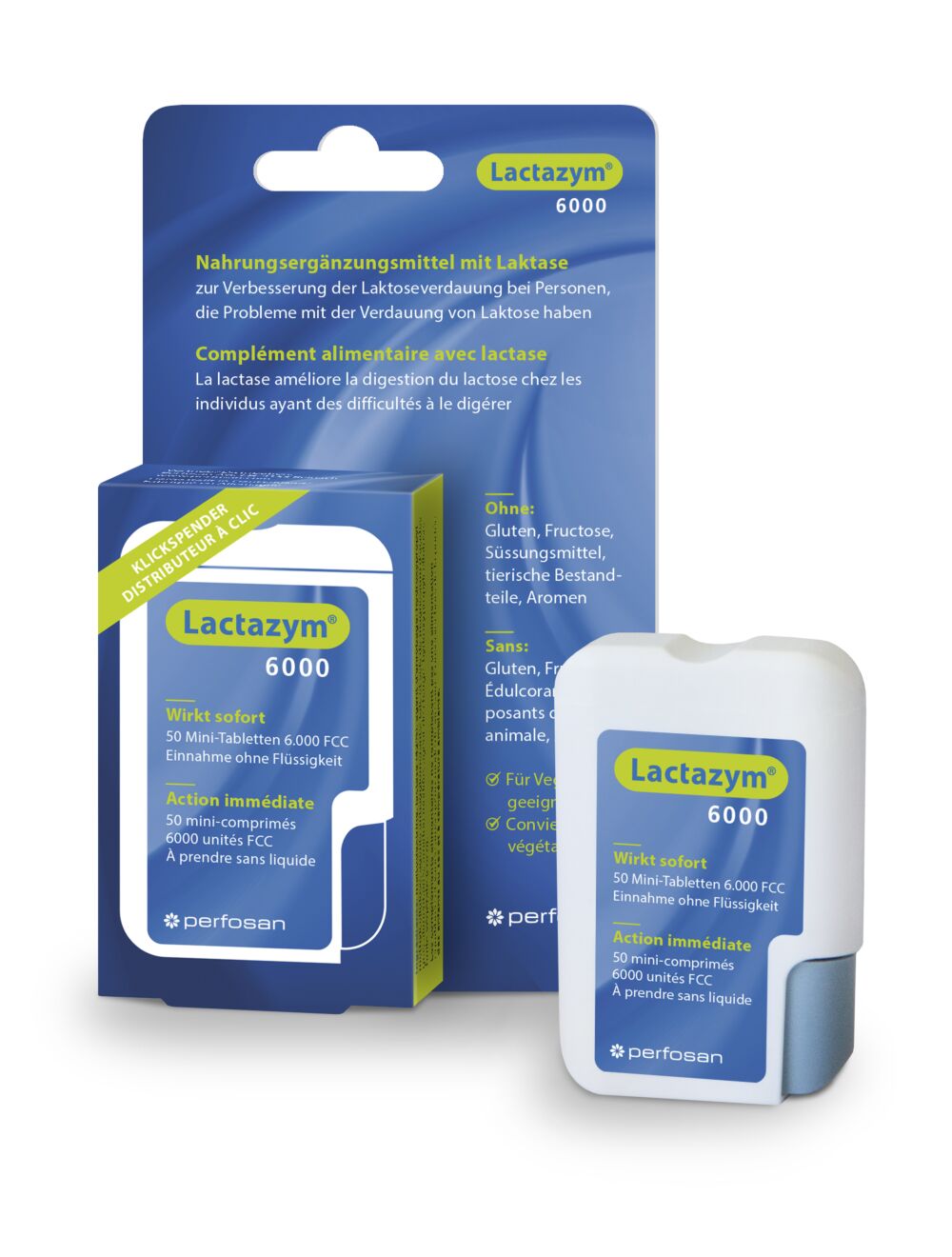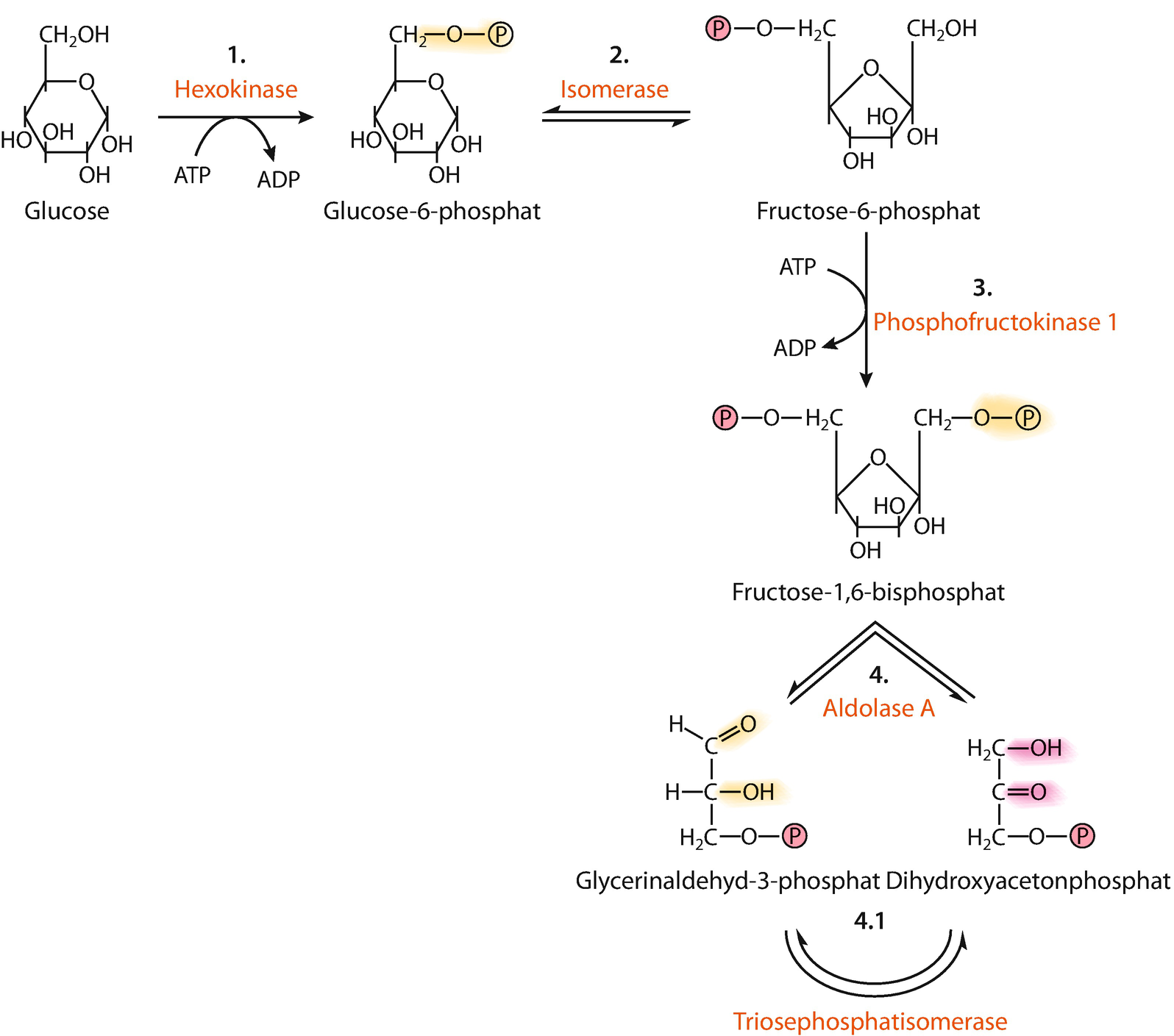
Monomer synthesis. a Catalytic conversion of d-xylose and d-fructose... | Download Scientific Diagram

Identification of difructose dianhydride I synthase/hydrolase from an oral bacterium establishes a novel glycoside hydrolase family - ScienceDirect

Buy BUBBLE YUM Original Flavor Bubble Gum, 2.82 oz, Pack (12 Count) Online in Switzerland. B001IZJPCK

Modeling of neotame and fructose thermochemistry: Comparison with mono and divalent metal ions by Computational and experimental approach | Scientific Reports

Modeling of neotame and fructose thermochemistry: Comparison with mono and divalent metal ions by Computational and experimental approach | Scientific Reports

IJMS | Free Full-Text | Fructose-Rich Diet Is a Risk Factor for Metabolic Syndrome, Proximal Tubule Injury and Urolithiasis in Rats
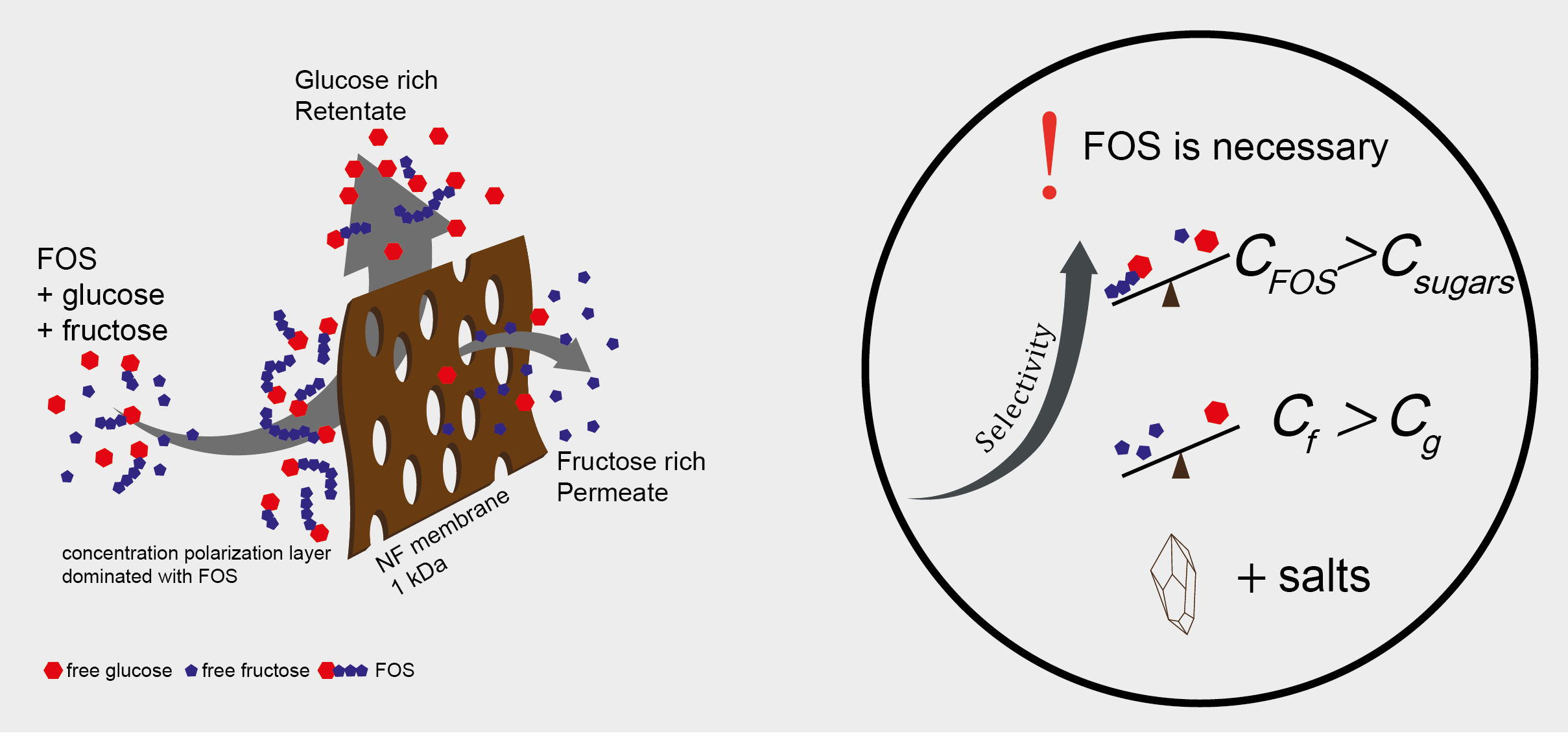
Membranes | Free Full-Text | Separation of Fructose and Glucose via Nanofiltration in Presence of Fructooligosaccharides | HTML
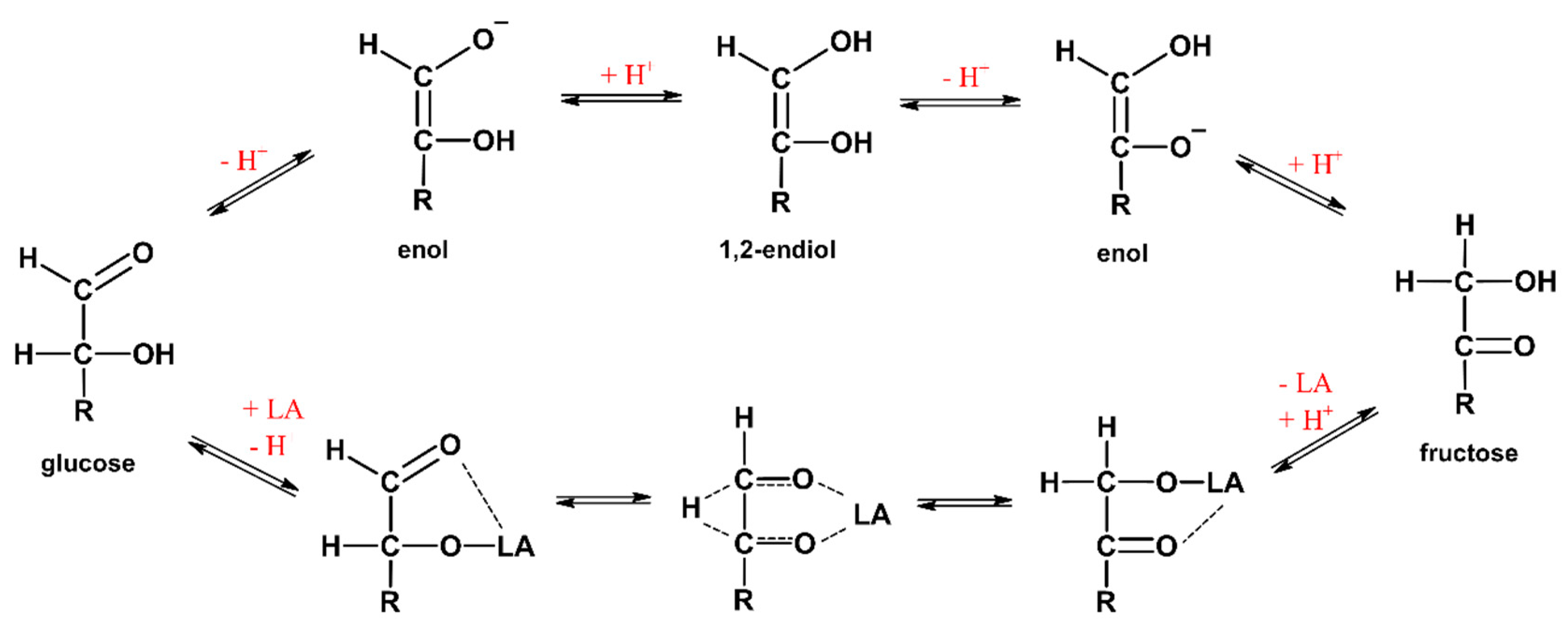
Processes | Free Full-Text | Isomerization of Glucose to Fructose in Hydrolysates from Lignocellulosic Biomass Using Hydrotalcite | HTML
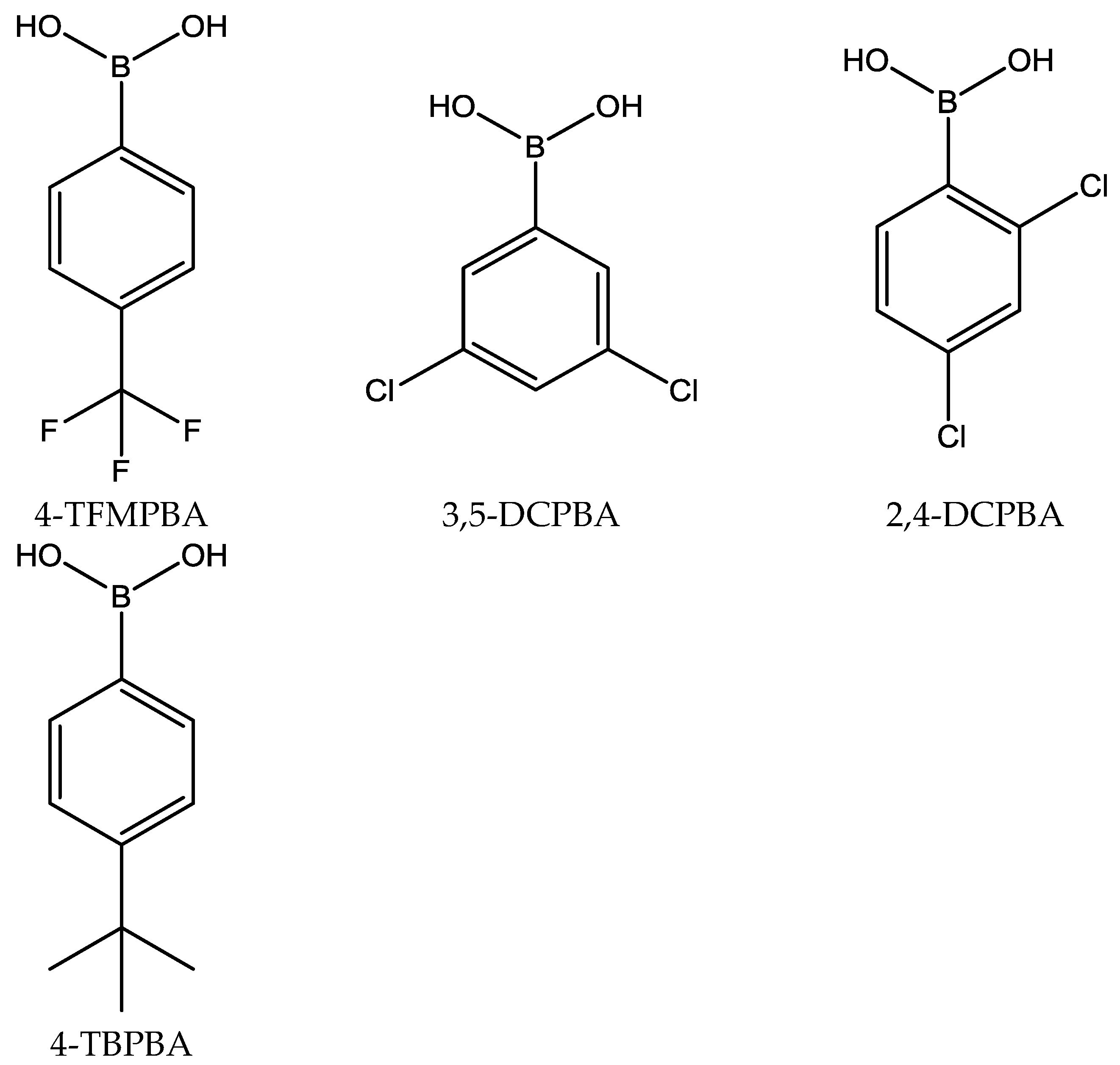
Catalysts | Free Full-Text | From a Sequential Chemo-Enzymatic Approach to a Continuous Process for HMF Production from Glucose | HTML


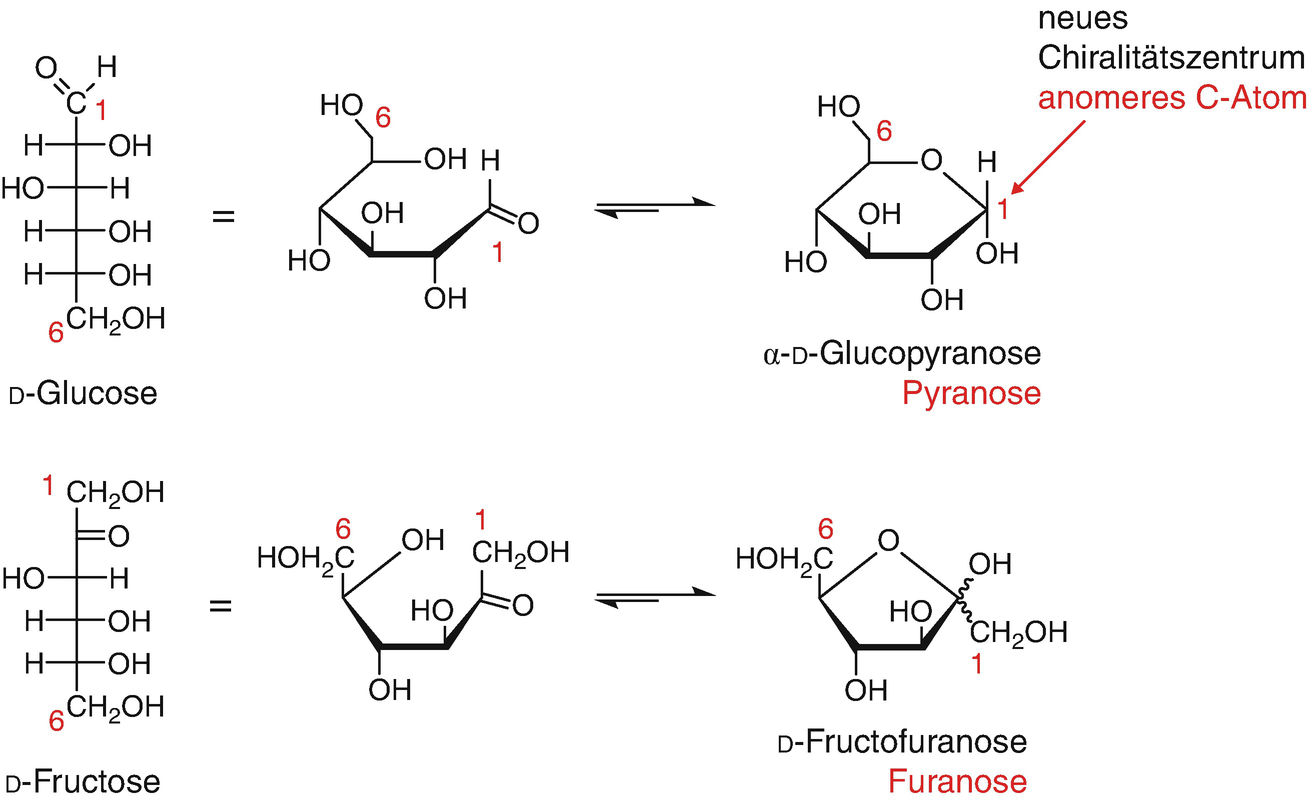


/9A13AEE1D0947E12802586B7002B61D0/$file/MF00781_structure.png)
